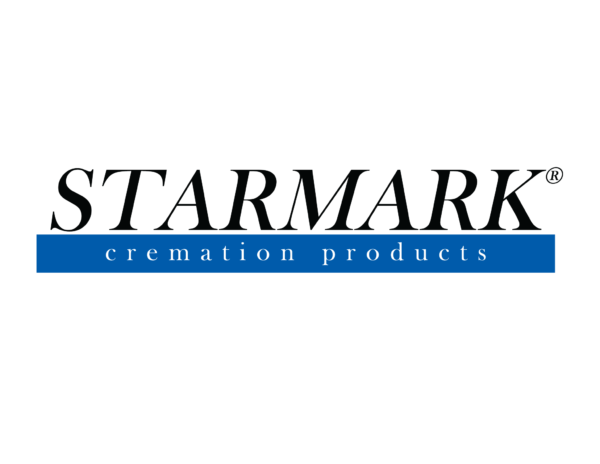Cigarette Packages to Carry Images of Corpses, Lungs
 Altria Group Inc., Reynolds American Inc. and other cigarette sellers in the U.S. must place graphic images such as corpses and diseased lungs on the warning labels of packages and in advertisements to highlight smoking risks.
Altria Group Inc., Reynolds American Inc. and other cigarette sellers in the U.S. must place graphic images such as corpses and diseased lungs on the warning labels of packages and in advertisements to highlight smoking risks.
As part of the biggest tobacco marketing rules change in a quarter century, nine labels will convey the health effects, the U.S. Food and Drug Administration said today. The warnings, required under a law passed last year, are an important step toward reducing cigarette-related illnesses, FDA Commissioner Margaret Hamburg said at a news conference.
The agency will seek public comment in selecting images from among 36 proposed graphics in June 2011 as it aims to reduce the U.S. smoking rate to 12 percent in a decade from the current 21 percent. Cigarettes can?t be sold in the U.S. after Oct. 22, 2012, without the labels pairing images with text such as ?Smoking can kill you.?
?Every single pack of cigarettes in our country will in effect be a mini-billboard that tells the truth about smoking,? Hamburg said.
The proposed images include photos of dead bodies, rotting teeth, cancerous lungs and children exposed to second-hand smoke. The graphics would cover 50 percent of the front and back of cigarette packages and 20 percent of print ads, Hamburg said.
Current Warnings
U.S. cigarette packs and ads now carry one of four warnings under a federal law enacted in 1984. The messages include ?Cigarette Smoke Contains Carbon Monoxide? and ?Smoking Causes Lung Cancer, Heart Disease, Emphysema, and May Complicate Pregnancy.? The warning labels without images are ineffective, the American Cancer Society said today in an e-mail.
Canada, the U.K. and Brazil are among 38 countries that require graphic cigarette warnings, according to data compiled by the Campaign for Tobacco-Free Kids in Washington. One in five Canadian smokers reported reducing his intake as a result of the graphic labels, according to a study of more than 600 people.
?This probably has a somewhat chilling effect on people who are not already committed smokers,? Thomas Russo, who oversees more than $3 billion at Gardner Russo & Gardner in Lancaster, Pennsylvania, said today in an interview.
?The market of loyal smokers will live with it, but it slows down recruiting of new smokers. The romance goes away when you have an image that is graphic and disturbing,? he said. Russo?s firm held 6.6 million Altria shares as of Sept. 30, according to Bloomberg data.
The FDA will consider requiring that the warning labels include contact information for resources that may help smokers quit, such as a toll-free telephone number, Hamburg said.
Tobacco Company Involvement
Altria?s Philip Morris USA of Richmond, Virginia, the biggest U.S. cigarette maker, broke with rivals Reynolds and Lorillard Tobacco Co. to back the law as a way to standardize manufacturing requirements and spur development of less-harmful tobacco products.
?Philip Morris USA has actively participated in the FDA?s rulemaking and public comment processes and plans to do the same on this proposal,? the company said today in an e-mail.
Robert Bannon, a spokesman for Greensboro, North Carolina- based Lorillard, declined to comment on the proposed labels. Reynolds, based in Winston-Salem, North Carolina, is reviewing the FDA proposal, David Howard, a company spokesman, said today in an interview. He declined to comment on the specifics.
Altria declined 37 cents, or 1.5 percent, to $25.21 at 4:03 p.m. in New York Stock Exchange composite trading. Lorillard fell 51 cents, or less than 1 percent, to $88.09 and Reynolds dropped $1.46, or 2.2 percent, to $64.60.
Label Lawsuit
Reynolds and Lorillard are among tobacco companies seeking to overturn the 2009 law?s graphic warning-label requirements. Altria isn?t part of the lawsuit.
It?s unconstitutional for the government to ?confiscate the top 50 percent of both sides of cigarette packaging and mandate shocking color graphics,? Reynolds and Lorillard said in September in a brief filed with the U.S. Court of Appeals for the Sixth Circuit in Cincinnati.
More than 20 percent of adults in the U.S., or 46 million people, smoke cigarettes, according to the Centers for Disease Control and Prevention in Atlanta. Smoking is the biggest cause of preventable death in the U.S., killing about 443,000 people a year, according to the CDC.
The tobacco law required that the FDA create the Center for Tobacco Products and the 12-member Tobacco Products Scientific Advisory Committee. Tobacco companies must pay fees to the agency to fund the regulation and product reviews.
The Health and Human Services Department will invest in advertising campaigns to change ?social norms around tobacco use,? Secretary Kathleen Sebelius said at the briefing.
The major U.S. cigarette manufacturers spend about $12.5 billion a year, or more than $34 million daily, to lure and retain smokers, increase consumption, and generate favorable attitudes toward smoking and tobacco use, she said.
Source: Bloomberg.com



